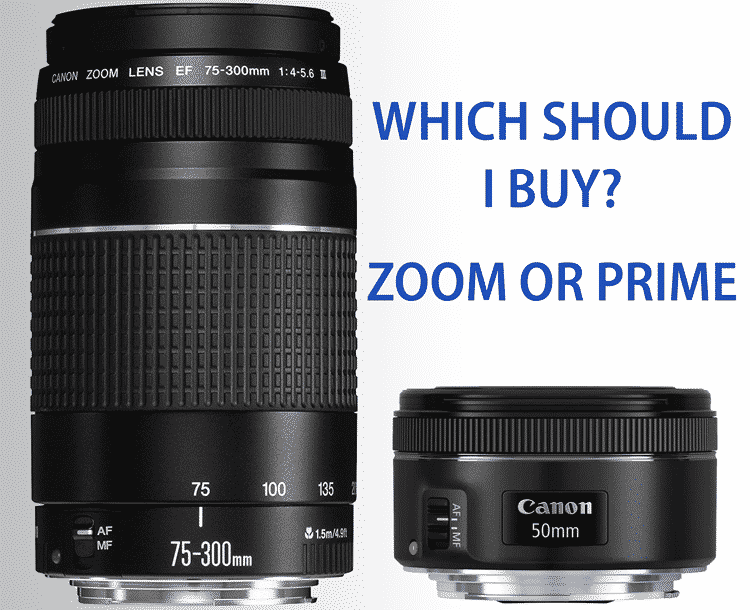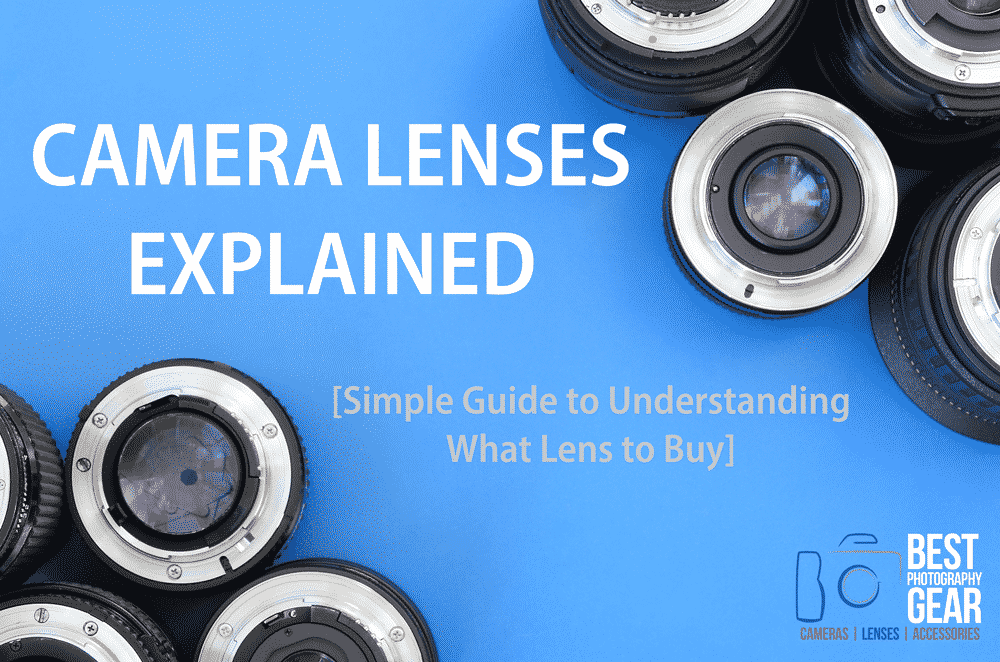When choosing a camera lens remember the quality of your images is a direct result of the quality of the lens. Often the lens is more important than the camera itself. So you definitely want to choose a lens that at least matches the quality of your camera.
To help simplify this process of selecting a lens we’ve broken it down into 10 easy to follow steps.
We also have a complete guide to understanding lenses which will tell you EVERYTHING you need to know before you buy a lens.
Table of Contents
Toggle[10 Easy Steps] Choosing the Right Camera Lens
1. Determine Your Camera Mount type
Compatibility has to do with both the physical fit of the lens on the camera’s mount as well as compatibility of the features of the lens, such as autofocus.
This is generally determined by the brand of camera you have, but also the body type, such as DSLR vs. Mirrorless.
2. Understand the Sensor Size of Your Camera
If you have a camera with a crop sensor, like APS-C, then you can use both full-frame and APS-C lenses. Although you won’t get the full benefits of a full-frame lens on an APS-C.
If you have a full frame camera than you need to stick with full-frame lenses.
Again, make sure the mount and features are compatible.
3. Decide What Type of Photography You Want to Do
Each type of photography requires a set of lens features that make it easier to capture what you want to. For example, wildlife photography is much easier with a longer focal length so you can photograph a distant subject.
4. Understand the Focal Length You Need
This is directly related to what type of photography you prefer. Focal length can play a factor in depth of field, as well as image composition and framing the scene.
5. Do You Prefer Prime or Zoom?
This would be based on the type of photography you plan to do and how you like to work. Primes typically have better image quality for the price. A Zoom allows you to easily adjust what your capturing in the image, and may be more comfortable for a beginner photographer.
We cover some more information on this down below.
6. What Size Aperture Do You Need?
The lower the f-stop number, the larger the aperture. Or in other words the more light you’ll be able to let in. Aperture size also has to do with depth of field, or how much of your scene you want in focus.
So the lower the f-stop the better. Though that also plays a big roll in the cost of the lens. An f2.8 or lower is great, but many types of photography won’t require that, which could save you money.
7. What's Your Budget?
To determine a realistic price range for a lens you need to understand the items above. For example, Primes are generally less expensive then Zooms. However for sports photography you’d probably want a Zoom.
8. What's the Lens Quality?
Don’t be tempted to buy a lens just because of price. Stick to brands with good reputations. Buying a bad lens at a ‘good price’ is still a bad purchase.
9. What Lens Features Do You Need?
Consider if there are additional features you need in your lens. Such as a quiet auto focusing motor for videography, or a certain rating of in-lens image stabilization.
These features may require you to re-think your budget but in some cases are more “nice to have” features so you may be able to get by with out them.
10. Are Two Lenses Better Than One?
Lastly, look at whether two lenses would serve you better than one. Convenience should be accounted for, although having a Prime with a large aperture and then a modest Zoom may be better than splurging for a Zoom with a really big focal range as well as a large aperture.
Should I Choose a Zoom or a Prime?
Both Zooms and Primes are great. In fact, most photographers have a combination of both.
Primes are more common among professional photographers since they usually are sharper and have larger maximum apertures.
While a Zoom lets you get close to your subject without intruding and makes it much easier to quickly frame a shot.
A popular setup is to have one Zoom that can cover the basic ranges (like 18-55mm, or 18-135mm) and then a Prime lens somewhere in that range, for when you want better quality.
In summary, to make some simple stereotypes:
Zoom Lenses Are Great If…
- You are new to photography and aren’t sure what focal range you want
- You are traveling and don’t want to carry too much with you
- You prefer the ease of ‘zooming’ in and out rather than having to move around to frame your shot
- There’s a risk of damage to your gear from having to change lenses in bad weather/conditions
Prime Lenses Are Great If…
- You are looking for the best image quality
- You have a go to focal range that you use all the time
- For traveling you want a really lightweight compact lens
- You want the best value for image results compared to price
Find the Perfect Lens
Whether you are learning what makes a great lens or trying to narrow down your selection to the perfect choice we have you covered.
Related Articles
Camera Lenses Explained [Complete Guide to Understanding What Lens to Buy]
Lenses are what makes photography fun! This Camera Lens Guide explains the different types of camera lenses and what to...
Read MoreFirst and foremost, I’m a husband and father. Then professionally I’m photographer, designer, blogger, and Esty store owner. My homebase is near the stunning Wasatch mountains in Utah but I love traveling with my family as part of our homeschooling journey. I also love teaching and helping out others. My faith is one of the biggest aspects of my life and brings be a consistent joy that I haven’t found in anything else. My main blog is BestPhotographyGear.com and I strive to make photography simple for anyone looking to learn or find gear for their individual needs. By nature, I like to study, research, and analyze things and I use that help provide the best advice and reviews I can.


